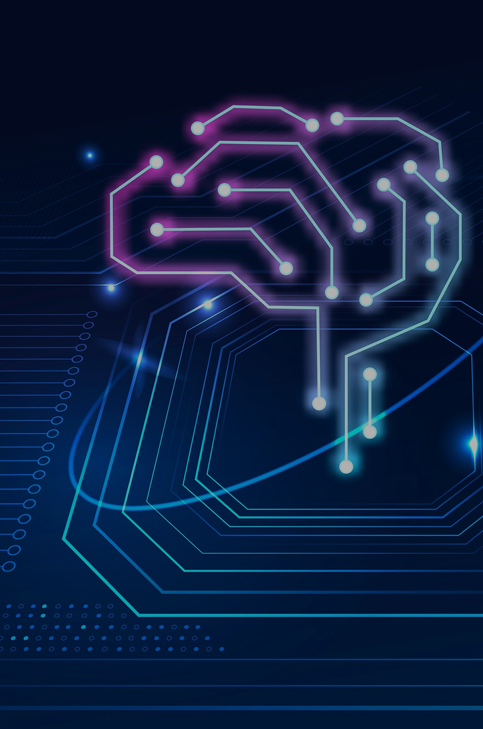Artificial Intelligence:
what it is and how it is applied

“You can try to change people’s minds, but you’re just wasting your time. What you can do is change the tools it uses. Do it and you will change civilization” Stewart Brand
(He coined the term “personal computer” in his book “Two Cybernetic Frontiers,” of 1974, ahead of its time)
Introduction
The journey into AI, at the edge of the science-fiction, but also a cinematic and literary journey, begins in the collective imagination from Metropolis (1927) passing through Blade Runner (1982), Terminator (1984), Matrix (1999), Minority Report (2002) to the most recent Her (2013) and Ex Machina (2015).
So, when people talk about AI, they immediately think of cutting-edge technologies, of robots capable of understanding and deciding what actions to take, of a futuristic and sometimes dystopian world in which machines and humans coexist.
In reality, AI and its uses are much more real than we might imagine and are already being used by many people in various areas of daily life. For example, the smartphone/computer you are using right now to read this article is a technological product that uses a branch of AI to make your experience as customized and high-performance as possible. Have you considered that?
Yes, here it is this AI, it has already been in our lives (and in our hands) for a few decades.
History and definition of AI
Already in the 1940s, the first AI projects within the scientific community began when the two researchers Warren McCulloch and Walter Pitt proposed the first artificial neuron to the scientific world. They were followed by a young Alan Turing who in 1950 tried to explain how a computer can behave like a human being.
However, the term Artificial Intelligence was used “officially” for the first time by the American mathematician John McCarthy in 1956 and with it, we have the “launch” of the first programming languages (Lisp in 1958 and Prolog in 1973) specific to the AI.
Therefore, what exactly is AI?
Artificial intelligence is a discipline of computer science that permits a device to achieve objectives without being specifically programmed to do this, in other words, a bit like how human intelligence works.
The current thinking around this discipline is explained naturally by the technological maturity reached by the scientific community both in mathematical optimization and in the ability to analyze in real-time huge amounts of data of any form.
Application areas and types of AI
The primary purpose of Artificial Intelligence is to improve the comfort, safety, and performance of those who use it in different areas of life such as Industry, Health&safety, Finance, Insurance, or just everyday life.
It is currently applied to a range of functions like the following:
- Speech Recognition
- Natural Language Processing
- Computer Vision
- Machine Learning
- Expert Systems
It is an umbrella term that includes any type of software or hardware component that supports machine learning, computer vision, natural language understanding, and natural language processing.
But AI is not a single technology and it’s important to differentiate between the two existing types of AI:
- Artificial narrow intelligence (ANI), is designed to perform a single task better.
- Artificial general intelligence (AGI), allows machines to comprehend, learn, and perform intellectual tasks like humans.
D-one & the cutting-edge technologies
One of Digitalsoft’s goals with the implementation of its platform is to enable its users to stay one step ahead with cutting-edge technologies (e.g., AI/ML, Big Data & Analytics, Collaborative Robot, Digital Twin).
We can find these technologies in the different functions of the d-one modules:
- d-one Plan – Demand forecast based on machine learning, Demand sensing (thanks to ML algorithms, uses recent past and real-time information to improve near-future forecasts). Combine the classical statistical forecast with real-time forecast data and insight to provide the better prediction available
- d-one Factory – Automatic shopfloor replenishment, automatic material handling in shopfloor, Automatic forklift mission, Cognitive Analytics with AI / ML for predictive maintenance, Automatic Warehouse, Automatic Weight System, Automatic systems for identification, storage, palletization, wrapping, collaboration Robot, etc. – Advanced and Intelligent Insights.




